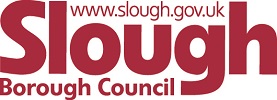Skip to content
Berkshire Observatory – Slough
A Data Resource Library for the Six Berkshire Local Authorities
